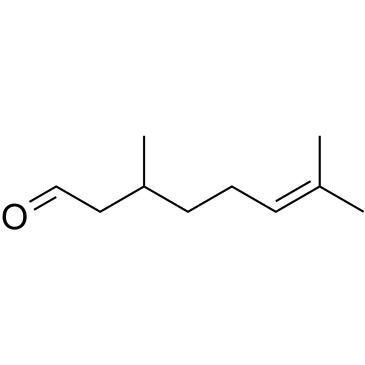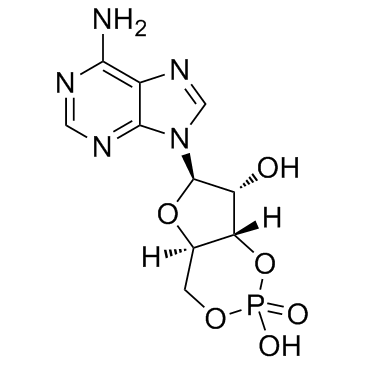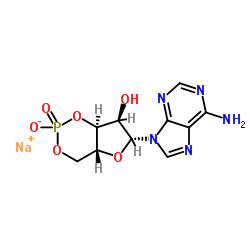| Structure | Name/CAS No. | Articles |
|---|---|---|
 |
Calcium
CAS:7440-70-2 |
|
 |
Citronellal
CAS:106-23-0 |
|
 |
(+)-Citronellal
CAS:2385-77-5 |
|
 |
Adenosine cyclophosphate
CAS:60-92-4 |
|
 |
camp sodium salt
CAS:37839-81-9 |